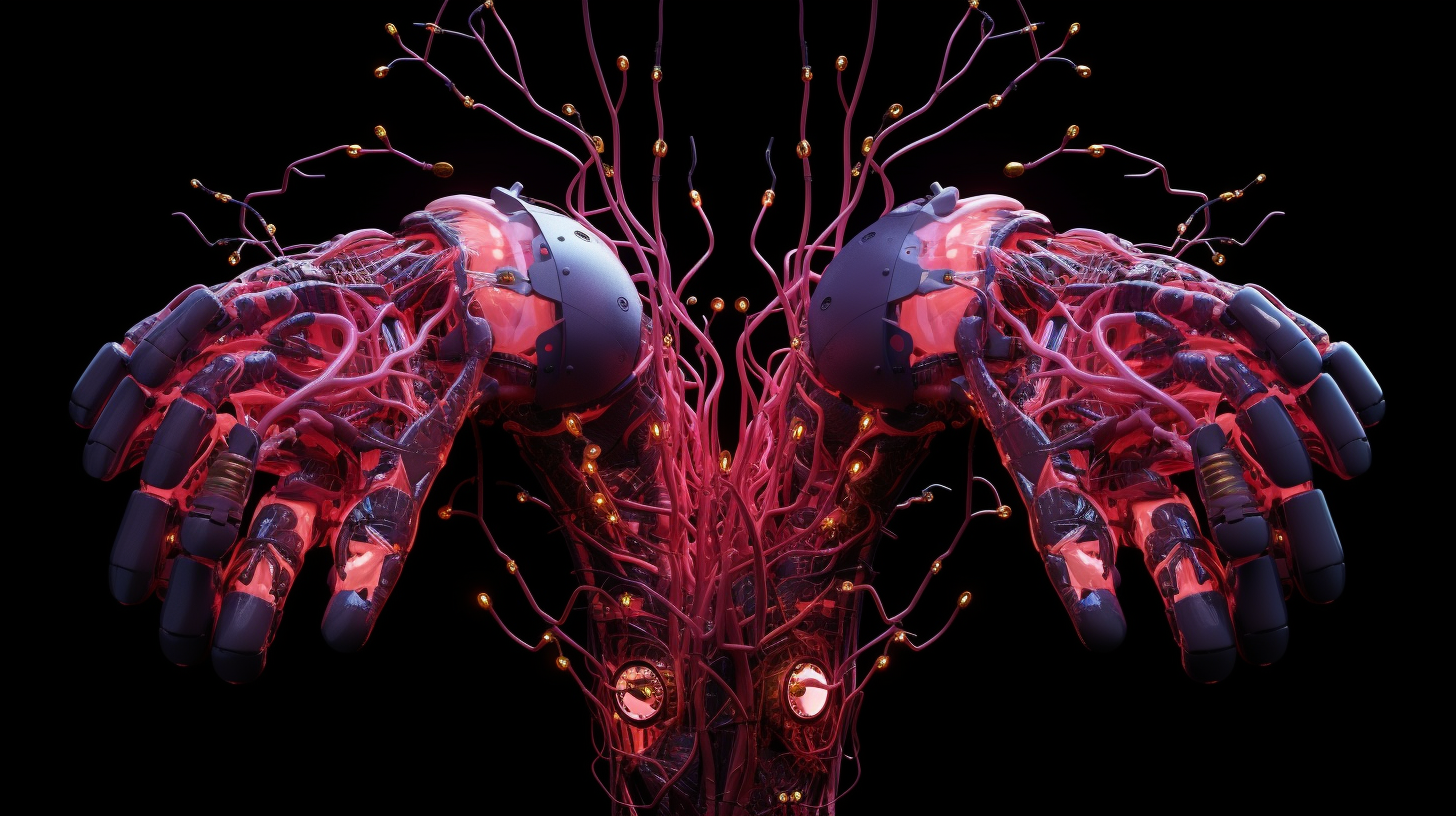Paul Graham wrote on May 9: “Observation suggests that people are switching to using ChatGPT to write things for them with almost indecent haste. Most people hate to write as much as they hate math. Way more than admit it. Within a year the median piece of writing could be by AI. … I warn you now, this is going to have unfortunate consequences, just as switching to living in suburbia and driving everywhere did. When you lose the ability to write, you also lose some of your ability to think. I don’t have the slightest hope of averting this switch. I often tell startups it’s safe to bet on laziness, and this is one of the biggest bets on[…]
Tag: data science
Generative Pre-trained Transformers (GPTs) have captured the public’s imagination. There’s a lot of fear. The relevance of that fear, as always, depends on who you are. The technology first caused a surge of panic in December 2022 among some communications professionals. They fear a surge of supply, a massive increase in synthetic media, along with all of the misinformation that goes along with it. Because attention is inelastic, the price for content will collapse, and it’ll take their wages down with it. They aren’t the only ones likely to be affected [1]. It’s kind of curious that you aren’t reading too much publicly from developers and their experiences with the technology. GPT’s are a tool. A good GPT is capable[…]
For the purposes of this post, let information mean stuff that resolves uncertainty. Different people have different relationships with information in part because they have different relationships with uncertainty. Data scientists, those who turn data into product (Loukides), have a different relationship with information than, say, the median store manager or the median politician. Some data scientists focus on creating new information. Some invent new sensors. Some deploy existing sensors to new places. Some combine sensors in different ways. They have very good reasons for doing that. They aren’t the only people who deploy sensors. Camera operators deploy sensors at certain times to capture sounds and images. Some data scientists create new information using nothing but their minds and their[…]
Walter Gretzky is credited with the quote: “Go to where the puck is going, not where it has been.” Walter used socratic questioning to teach his son, Wayne, hockey strategy. Here’s the full context from Wayne’s perspective: Him: “Where do you skate?” Me: “To where the puck is going, not where it’s been.” Him: “Where’s the last place a guy looks before he passes it?” Me: “The guy he’s passing to.” Him: “Which means…” Me: “Get over there and intercept it.” Him: “If you get cut off, what are you gonna do?” Me: “Peel.” Him: “Which way?” Me: “Away from the guy, not towards him.” (Gretzy, Reilly, Gretzky: An Autobiography p. 88) Puck On To win a game of ice[…]
In this post, I’ll outline some of the best parts about product managing data science. Data science is the creation of product from data, requiring a blend of the skills of technology, statistics, and business. Product Management brings and keeps product in the world, requiring a blend of the skills of technology, user experience, and business. All of the challenges of product management appear in data science. And then some. The Knowledge Funnel The Knowledge Funnel is a concept introduced by Roger Martin in Design of Business: Why Design Thinking is the Next Competitive Advantage (2009). At the top of the funnel, you got mysteries. It would seem that there are an uncountable number of mysteries. In the middle, you have heuristics,[…]
There are many calls to break up tech. Break up what, exactly? Regulate tech? Regulate what? There’s a lot of polarization about what to do about Facebook, Amazon, Apple, and Google. That polarization is in part driven by anger. Dig a bit deeper and see fear. Maybe you’re feeling it. Here’s how I see it. The Assumptions People are heterogenous. Peoples’ beliefs are heterogenous. Peoples’ willingness to believe are heterogenous. Peoples’ inventiveness and imagination are heterogenous. Peoples’ willingness to tell or repeat stories are heterogenous. Peoples’ susceptibility to stories, and to storytellers, are heterogenous. Peoples’ need to belong are heterogenous. People form networks because they need to belong. Information (Gossip, facts, stories) is transmitted along those networks. These variables (information,[…]
It seems like a lot of people value certainty. People buy a lot of products and stories for certainty. Insurance. Investment advice. Forecasts. Indulgences.Many entrepreneurs, in particular those in data science, sell certainty. What else is an F1 score other than a measure of certainty on some level? Given some inputs, our machine transforms them some way, which produces some statement about the past, present, or future, with some quantifiable amount of certainty, so that you can do something with confidence (or feel more secure). We sell certainty. And yet isn’t it curious about how much insecurity we’re creating while we do so? It has always been easier to sample data from the past, pull a heuristic from it, and[…]
Teams, in software engineering, form because of success. Without success, the firm wouldn’t be cursed with the problem of having so much talent to have to organize in some way. A founder can easily reduce the complexity in their human organization, and their lives, by simply not hiring any more than seven technologists to work with them on their mission. For some, this is viable. For others, this is not. Teams emerge in response to scale. They are either formed as by product of centralized hierarchical command structure, or they emerge as a product of network cohesion/polarization. To the extent that either formation is aligned with the vision, goal, mission, or purpose of the organizational chrome is a function of[…]




